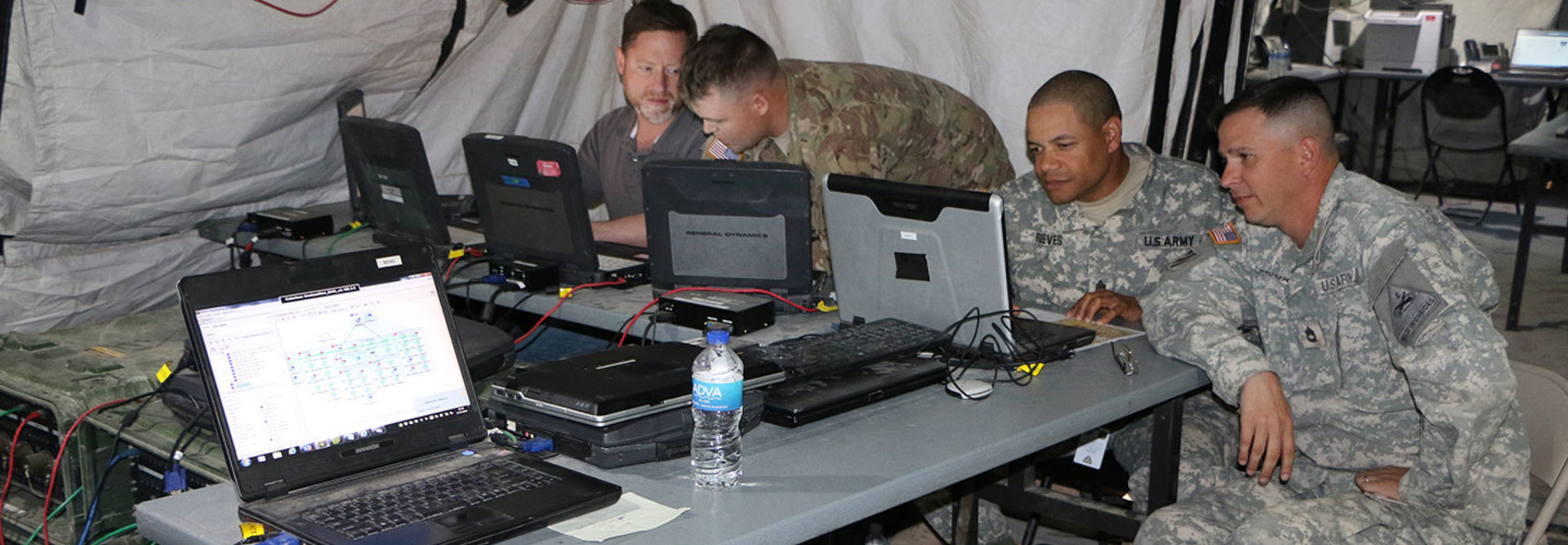


Brazil, for instance, was an important supplier and also a strategic player in World War II, after joining the USA and the Allies. Since World War II was a globalized event, as Cohen (2011) has singled out, it didn’t affect only the countries directly involved, but also others, as the suppliers for raw and agricultural materials. They are pointing to the effects of the military planning methods and techniques such as standardization, mass-production, and prefabrication on the construction field techniques that were adopted on industrial buildings and also on the housing production for the American middle class in the suburbs during World War II and postwar period. The civ-mil divide can leave veterans feeling isolated and misunderstood, and civilians feeling powerless to criticize.Currently some scholars have been paying more attention to the relationship between architecture, planning and wartime. Since 9/11, only 1% of Americans have served in the military.

When the US military relied on the draft, almost everyone at home knew someone at the front during times of war. "Home" and "Front" haven't always been so separate. Surprisingly few civilians can claim to have a close friend who has served. It's more than just a language and experience gap between veterans and civilians, it's a separation of social circles. If you've served in the military or know someone who has, you've probably heard of the civilian-military ("civ-mil") divide. In seven episodes, Rough Translation enlists NPR veterans correspondent Quil Lawrence to help us decode the cultural and communication gap between those who have served in the military and those who have not. This episode kicks off a new season from Rough Translation called Home/Front.


 0 kommentar(er)
0 kommentar(er)
